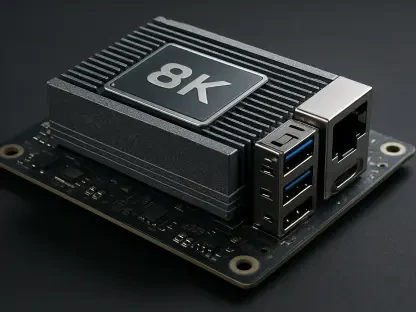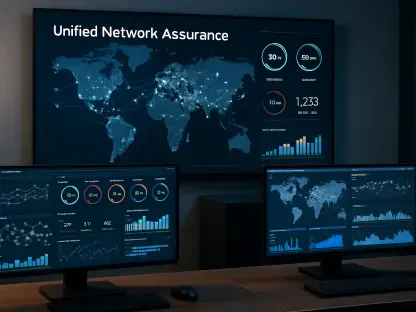In an era where cyber threats are increasingly sophisticated, the emergence of CoffeeLoader presents a significant challenge for cybersecurity professionals. This newly identified malware loader is designed to deploy second-stage payloads while simultaneously evading sophisticated endpoint security measures. First observed by Zscaler ThreatLabz since September of this year, CoffeeLoader represents an evolution in the ongoing battle between malware developers and security experts. It works in conjunction with SmokeLoader, another notorious loader, but employs its own set of advanced evasion techniques to remain undetected.
Unpacking CoffeeLoader’s Evasion Techniques
CoffeeLoader utilizes a variety of sophisticated methods to disguise its malicious activities. One of the notable techniques is the use of Armoury, a GPU-based packer that mimics ASUS’ Armoury Crate utility. This allows the malware to hide effectively within legitimate-looking processes, making detection significantly more difficult. The loader also employs call stack spoofing, a technique that masks the origins of function calls, thereby confusing security tools that rely on call stack analysis to identify unusual behavior.
Another evasion strategy is sleep obfuscation, which encrypts CoffeeLoader’s idle memory state. This means that even if the malware is detected during a system scan, the encrypted state makes it difficult for analysts to ascertain its true nature. Furthermore, the dropper component of CoffeeLoader strategically places its payload in user-specific directories, gaining persistence through the Windows Task Scheduler, provided administrative rights are available. Earlier versions of CoffeeLoader scheduled tasks at 30-minute or logon intervals, but recent iterations have ramped up the frequency to every 10 minutes, increasing resilience against removal attempts.
Sophisticated Staging and Communication Mechanisms
The evasion doesn’t stop once CoffeeLoader is installed. Its stager component is designed to inject the main module into a suspended system process, thus ensuring undetected execution. The main module then further obfuscates itself using Windows fibers, an advanced multitasking mechanism that is rarely monitored. This makes it difficult for traditional detection systems to spot the malware’s behavior.
Communication with command-and-control (C2) servers is another area where CoffeeLoader excels. It uses HTTPS with a hardcoded user agent that mimics an iPhone, making network traffic analysis challenging. By implementing certificate pinning, CoffeeLoader ensures that its communications cannot be intercepted or tampered with. The loader sends two main types of requests to its C2 servers: registration and task retrieval, which keeps it functioning effectively without raising suspicion.
The advanced features of CoffeeLoader, including GPU-based encryption and sophisticated persistence mechanisms, make it a valuable tool for threat groups. These groups aim to evade detection not only from antivirus software but also from endpoint detection and response (EDR) systems and malware sandboxes. Despite the similarities between SmokeLoader and CoffeeLoader, the exact relationship between the two remains unclear. However, it is evident that both represent formidable challenges to cybersecurity measures.
Future Implications and the Ongoing Battle
In an age where cyber threats are becoming increasingly advanced, the rise of CoffeeLoader poses a major challenge for cybersecurity experts. This newly discovered malware loader is engineered to deploy secondary payloads while evading sophisticated endpoint security measures. Zscaler ThreatLabz has been monitoring CoffeeLoader since September of this year, and it signifies a new chapter in the ongoing war between malware creators and security professionals. Unlike other loaders, CoffeeLoader collaborates with SmokeLoader, a notorious loader in its own right, but it utilizes its unique set of advanced evasion techniques to stay hidden from detection.
This new development highlights the ever-evolving landscape of cyber threats, making it imperative for those in cybersecurity to continuously adapt and innovate. With CoffeeLoader’s advanced methods of dodging detection, traditional security measures may fall short, necessitating more advanced, adaptive approaches in combating such threats. Keeping up with these quick changes in cyber-attack strategies is crucial for effective defenses in the future.









